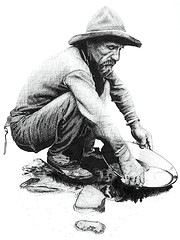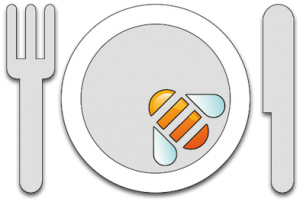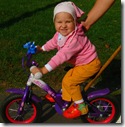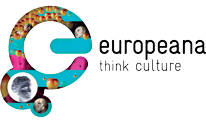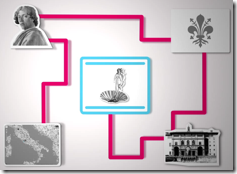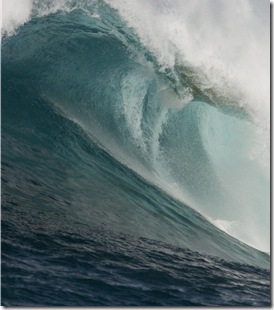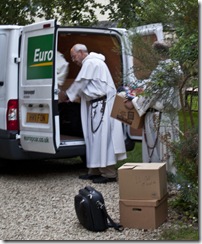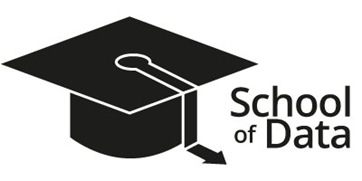
Google SEO RDFa and Semantic Search
Today’s Wall Street Journal gives us an insight in to the makeover underway in the Google search department. Over the next few months, Google’s search engine will begin spitting out more than a list of blue Web links. It will also present more facts and direct answers to queries at the top of the search-results page. They are going about this by developing the search engine [that] will better match search queries with a database containing hundreds of millions of “entities”—people, places and things—which the company has quietly amassed in the past two years. The ‘amassing’ got a kick start …

